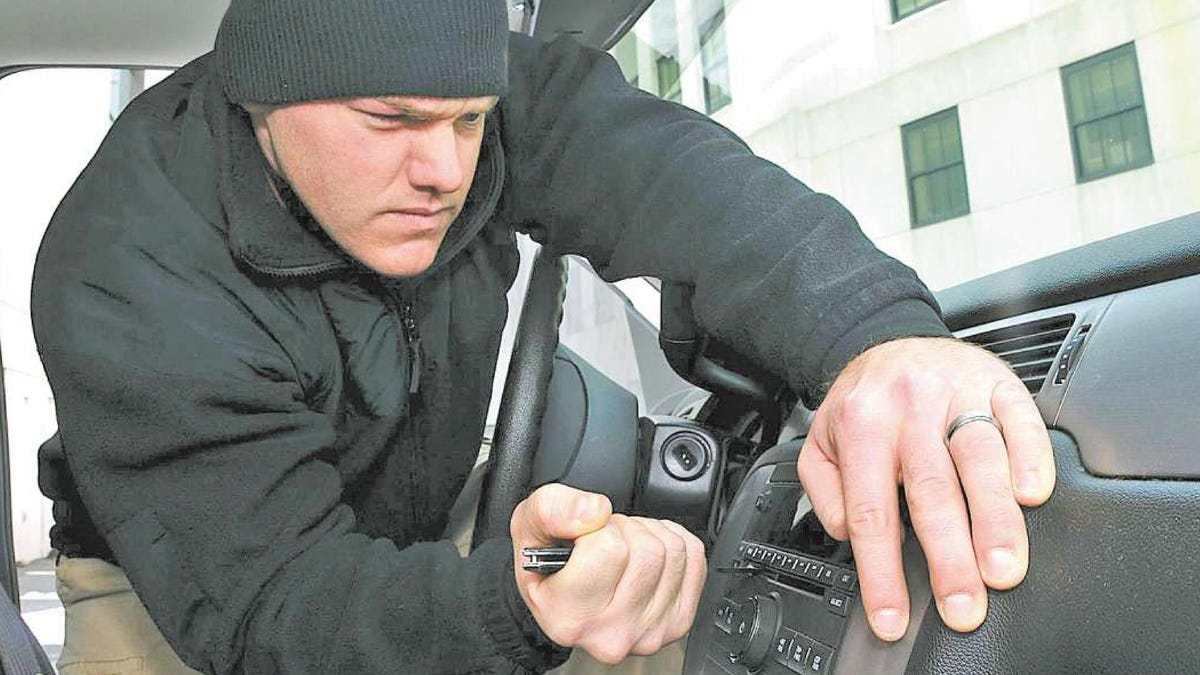Why Car Thieves Target Certain Models, And How to Stop Them

Photo: Mass Communication Specialist 2nd Class Brandon Williams-Church, Public domain, via Wikimedia Commons
When Greg Rosalsky’s Tacoma was stolen, he didn’t just file a police report and wait. The Planet Money reporter dove into the world of automotive theft, deciphering what vehicles get stolen and why — and what preventative measures can be taken by individuals or automakers to protect against theft.
Rosalsky’s Toyota Tacoma had been broken into multiple times since he moved from Brooklyn to San Fransisco — in other words, from a city with one of the lowest auto theft rates to one of the highest.
Not what you want to see, generally Photo: © Túrelio (via Wikimedia-Commons), 2008
Rosalsky looked into the numbers, and discovered that the most frequently stolen vehicles in the U.S. aren’t the most expensive — they’re the least secure. Full-size pickups from Ford and Chevy top the list, followed by the Honda Civic, Honda Accord, and Toyota Camry, but none of these list-toppers are recent models: Each was from 2007 or earlier.
Rosalsky attributes this change to the rise of the factory-installed immobilizer, an industry shift that was largely a response to influences by European insurers and governments. Immobilizers have done wonders for lowering the rate of car theft, at least in cars that actually have them — a lack of immobilizers is what led to the Kia Boyz TikTok trend, where thieves dismantle the ignition switch and use a USB plug to turn the key tumbler.
G/O Media may get a commission
Up to 85% off
Jachs NY Summer Sale
Styles starting at $10
This sitewide sale will prepare you for any style situation that may arise in the transition between seasons—whether it be a henley and jeans or a button up and chino shorts moment.
Head on over to NPR for the full piece on Rosalsky’s experience with his stolen Tacoma, as well as his compelling analysis of car theft data. It’s a nice mix of personal narrative, statistical rigor, and good old-fashioned automotive history.


